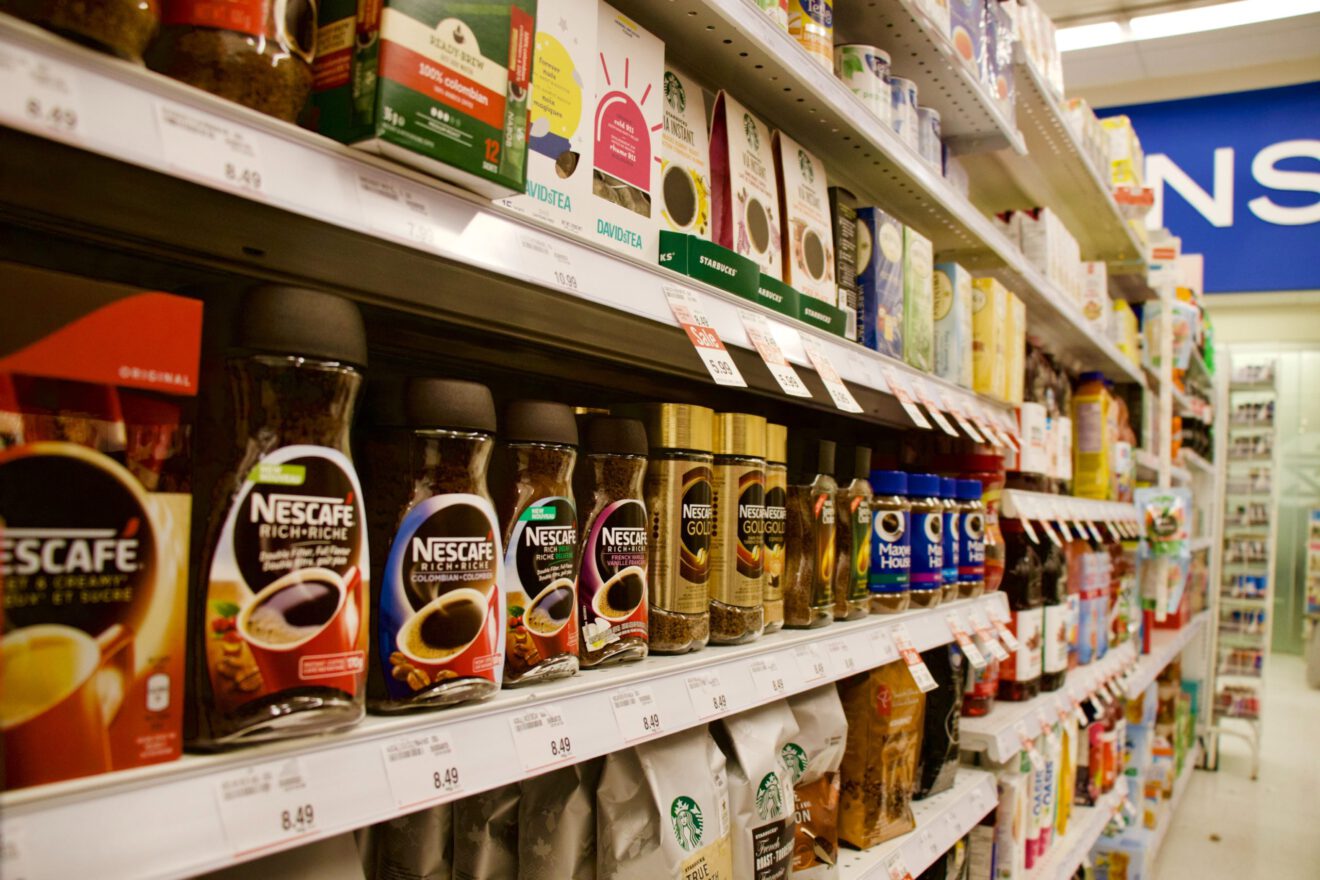Consumers expect a lot from today’s food and beverage brands, regardless of whether they are national, name brands or a retailer’s own private brand. This means brands have to work harder than ever to gain attention, trial, repeat purchase and engender lasting loyalty.
The Hartman Group’s latest report, Brand Ambition: Food & Beverage Private Brands & Beyond, examines how trends in the American cultural landscape have affected the role brands play in consumers’ food lives and provides forward-looking guidance on innovation, attributes, pricing and operating in today’s online environment.
Brands have traditionally been a powerful system of influence in consumer food culture.
Within this cultural system, the US food industry has used brands to tell consumers what attributes (taste, quality, consistency) they could expect from their products. Post-World War II expansion and growth in the US economy, population and the reach of mass media set the stage for a new era in the American food and beverage marketplace. Spurred by the unprecedented opportunity to win consumers’ attention and spending, manufacturers invested heavily in brands. In turn, the US food landscape became the birthplace and showcase for iconic food and beverage brands in a way that was distinctively American.
As a stand-in for more detailed information about the attributes and benefits of products, brands gave companies a powerful way to communicate to consumers about their products at a time when consumers did not have many ways to get other information about the foods and beverages available to them.
This situation created brand dependency — as consumers had to rely on brands (and branding) to guide their choices — and a culture of brands in American food life.
What does it mean to be a brand in 2021?
According to our Brand Ambition report, only three in 10 shoppers say that “brand I love” is an important factor in selecting which food and beverage products to buy. Our analysis finds that US consumers show a widespread, culturally driven reduced reliance on brands as a factor in product selection and now favor an attribute-driven process.
While the specific product attributes that consumers evaluate vary from person to person, more than two-thirds of consumers look for at least one attribute related to product quality, healthfulness, nutrition or purity when choosing food and beverage products.
A brand is a collection of both symbolic and tangible attributes linked to a recognizable name and iconography. As such, brands emerge from a shared understanding of cultural values, priorities and understandings that can change drastically over time.
In order to be successful, any brand must be relevant, differentiated and memorable. While these criteria have not changed, consumers’ willingness to accept claims made by brands and the corporations that produce them has deteriorated.
The role of brands in US food culture is changing. The cultural forces most relevant to that change are:
- Consumer attitudes towards health and wellness. Shifting ideas of health and wellness outline emerging needs for food and beverage products.
- Consumer access to information. Rise of the information age changes branding and promotion. Eroding trust in institutions (including corporations) undermines the ability of food and beverage companies to make unquestioned claims about their products, health and nutrition, and consumers’ needs and wants.
As the number of brand choices in the food and beverage landscape has expanded and diversified, the paradox of choice facing consumers has grown more acute.
The stakes of their choices are also higher because consumers better understand the direct connections between what they eat or drink, how they feel, and their individual health.
More consumers are choosing to rely on their own direct experience of products, reading product labels for ingredients and associated attributes, and the wider cultural meaning of specific products when making their decisions. This method of making decisions is labor-intensive and consumers can face a sense of cognitive overload when confronted by the ever-growing array of choices in food and beverage.
They need heuristics — mental shortcuts to ease decision-making — but have learned that brand is not always the valid or reliable one it had been in the past.
At times, they learn that too-strict reliance on brand can lead them away from their health and nutrition goals or conceal hidden dangers in their food choices.
What this means
Opportunities for the role that brands can play have evolved along with American culture, opening the way for brands to build more informed kinds of loyalty.
Waning brand dependency means that all food and beverage brands, both private and name, must now compete more on the basis of individual product attributes and overall consumer satisfaction with specific products rather than relying on the strength of the brand to carry underperforming products that do not meet consumers’ needs or expectations.
Related stories:
- Kids food, beverage brands focus on taste, nutrition
- Keeping up with consumer preferences means understanding changing ideas on health
- 3 trends keeping shoppers in the frozen food aisle
As CEO of The Hartman Group, Demeritt drives the vision, strategy, operations and results-oriented culture for the company’s associates as The Hartman Group furthers its offerings of tactical thinking, consumer and market intelligence, cultural competency and innovative intellectual capital to a global marketplace.
________________________________________________
If you enjoyed this article, you can sign up for the Cultural Intelligence SmartBrief, Restaurant SmartBrief or FMI dailyLead to get news like this in your inbox. For even more great news content, sign up for any of SmartBrief’s 275+ free email newsletters today, free.
